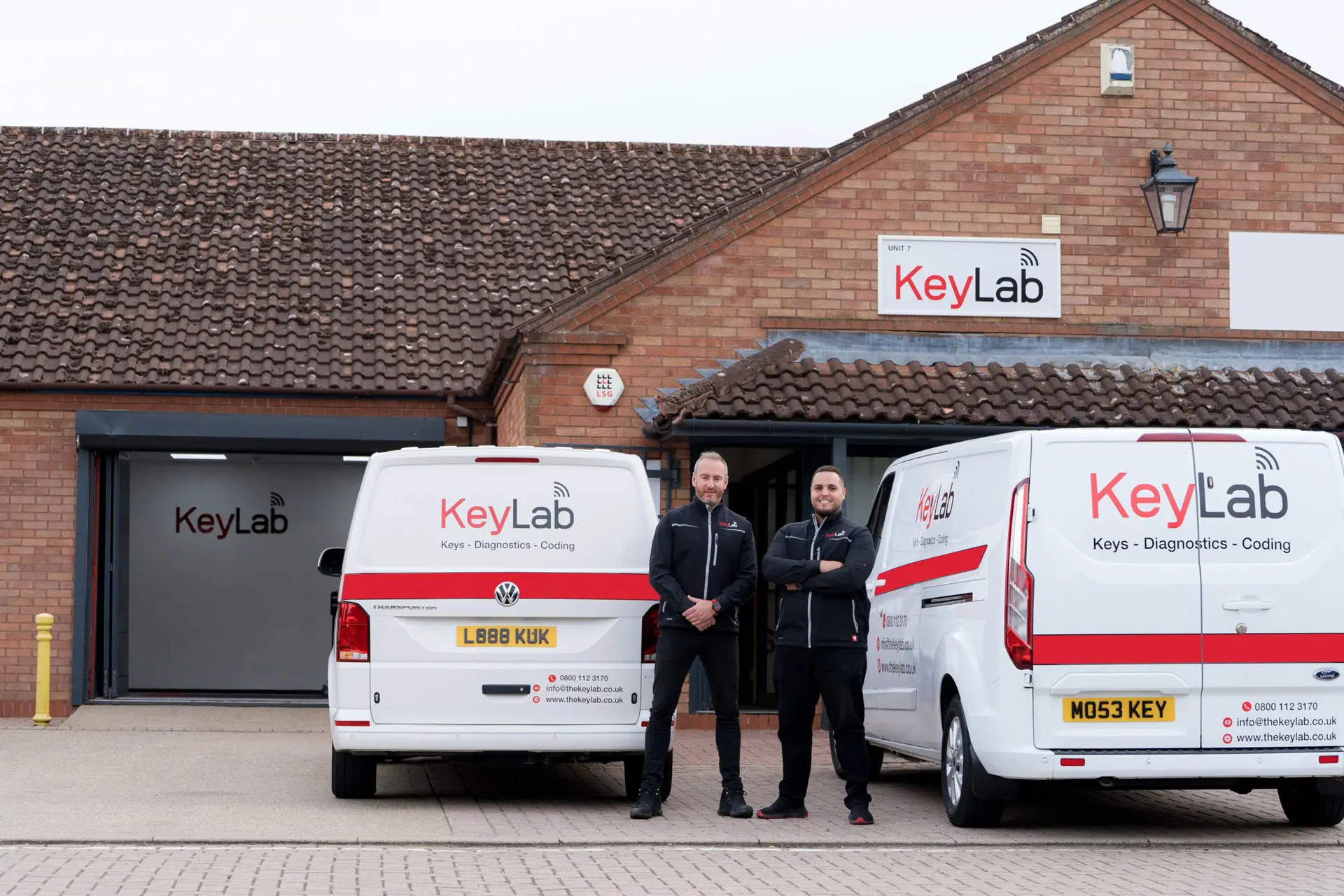15 Things You've Never Known About Car Key Transponder Programming
Understanding Car Key Transponder Programming
In today's automotive landscape, the integration of advanced innovation has actually become synonymous with vehicle security. Among the most substantial developments in this area is the introduction of transponder keys. Car key transponder programming is a vital procedure that ensures vehicles are secure from unauthorized access while providing convenience to owners. This short article explores what transponder keys are, how they work, the programming procedure, and responses to some regularly asked questions.
What is a Transponder Key?
A transponder key is a kind of ignition key which contains a little ingrained microchip. This chip interacts with the vehicle's immobilizer system. Transponder keys are developed to enhance vehicle security by preventing hot-wiring and unapproved engine starts.
Key Features of Transponder Keys:
- Embedded Microchip: Each key includes an unique code that corresponds to the vehicle's ignition system.
- Immobilizer System: This system recognizes the key's unique code and permits the engine to begin only if the right key is used.
- Boosted Security: Transponder keys are substantially more difficult to duplicate than traditional keys, minimizing the danger of theft.
How Transponder Keys Work
Transponder keys operate on an uncomplicated principle of radio frequency recognition (RFID). When the key is inserted into the ignition or brought near the vehicle, the list below sequence occurs:
- Signal Transmission: The vehicle's ignition system sends out a radio signal to the transponder key.
- Code Response: The ingrained chip in the key receives this signal, activates, and returns its unique code.
- Confirmation: The vehicle's computer system validates the gotten code. If it matches the saved code, the engine will start; if not, the engine remains incapacitated.
Benefits of Transponder Technology:
- Improved theft prevention.
- Benefit of keyless vehicle starting (in some systems).
- Minimized expenses related to insurance coverage premiums due to boosted security steps.
The Car Key Transponder Programming Process
Programming a car key transponder is a crucial step that allows a brand-new key to communicate with the vehicle's immobilizer system. The process can vary based on the make and design of the car however normally consists of the following actions:
Steps Involved in Transponder Key Programming:
Obtain a New Transponder Key: Owners must first obtain a blank transponder key suitable with their vehicle.
Access the OBD-II Port: For modern cars, programming generally needs an On-Board Diagnostics (OBD-II) scanner that connects to the OBD-II port.
Switch on the Ignition: The ignition must be turned to the “On” position without beginning the engine. This allows the system to recognize that a new key is to be programmed.
Follow Programming Procedure: Depending on the vehicle, follow the particular programming steps supplied by the producer, usually detailed in the owner's manual. This may include pushing particular buttons in a certain order.
Check the Key: After programming, it's important to test the key by attempting to begin the engine. If successful, the key is effectively programmed.
Tips for Successful Programming:
- Consult a professional locksmith or dealer for complicated programming procedures.
- Ensure battery levels in the key fob and vehicle suffice.
- Follow the guidelines closely to avoid errors.
Common Issues with Transponder Key Programming
Regardless of the apparently simple procedure, various problems might develop throughout programming. Below are some typical obstacles:
- Key Compatibility: Using an incompatible key can result in programming failures.
- Faulty Equipment: A malfunctioning OBD-II scanner might avoid access to the programming menu.
- Weak Key Batteries: Insufficient power in the key fob can interfere with communication.
Often Asked Questions (FAQs)
1. Can I program my transponder key myself?
While numerous lorries permit DIY programming, some models require customized equipment or software. If unsure, it's best to speak with an expert locksmith or your vehicle dealer.
2. What if I lose my transponder key?
If a transponder key is lost, it's advisable to contact a licensed automotive locksmith or your dealership for a replacement. They can program a new key based upon your vehicle's VIN (Vehicle Identification Number).
3. How much does it cost to program a transponder key?
The cost varies commonly, depending on the vehicle make and design, and whether you pick to go through a car dealership or a locksmith. The KeyLab from ₤ 50 to ₤ 150.
4. What occurs if my transponder key quiting working?
If your transponder key quiting working suddenly, it could be due to a dead battery or concerns with the vehicle's immobilizer system. It's advised to have both the key and the vehicle examined by an expert.
5. How often should I replace transponder key batteries?
Transponder key batteries ought to be changed every 2 to 3 years, though this can vary based on usage. Indications of a passing away battery include trouble beginning the vehicle or the key fob not operating at all.
Car key transponder programming is an important procedure for modern-day vehicle security and benefit. Comprehending how transponder keys function and how they are configured can empower vehicle owners to handle their vehicle security effectively. As innovation continues to progress, remaining informed about these improvements will help owners secure their properties and ensure their automobiles run efficiently.
Summary Table: Key Features of Transponder Keys
Feature
Description
Embedded Microchip
Consists of a distinct code for vehicle recognition
Immobilizer System
Prevents unapproved engine begins
Improved Security
Tough to duplicate compared to traditional keys
With developments in technology, the importance of understanding and efficiently handling car key transponder systems can not be overstated. Boosted vehicle security not just secures your financial investment but likewise guarantees comfort on the roads.
